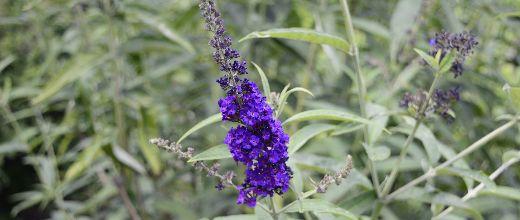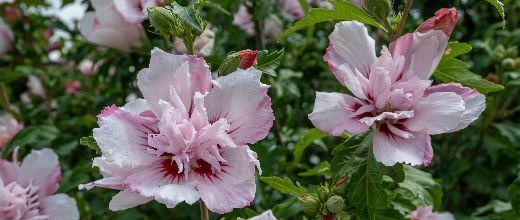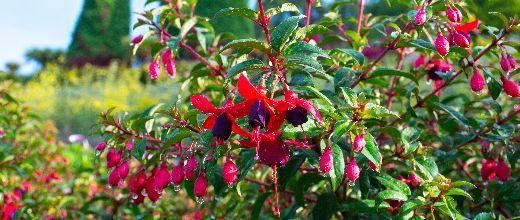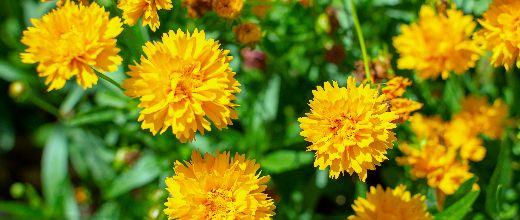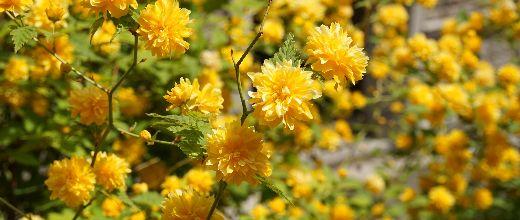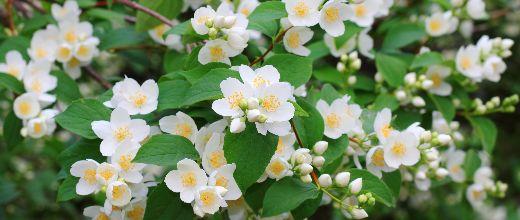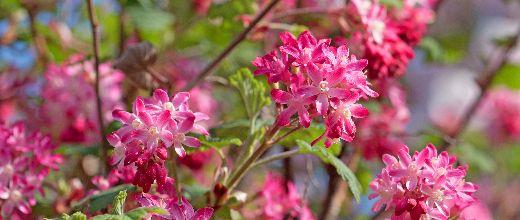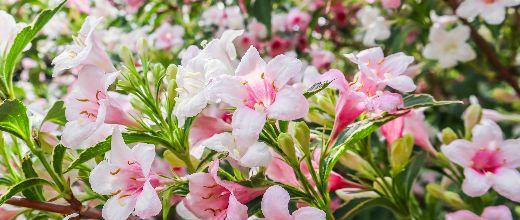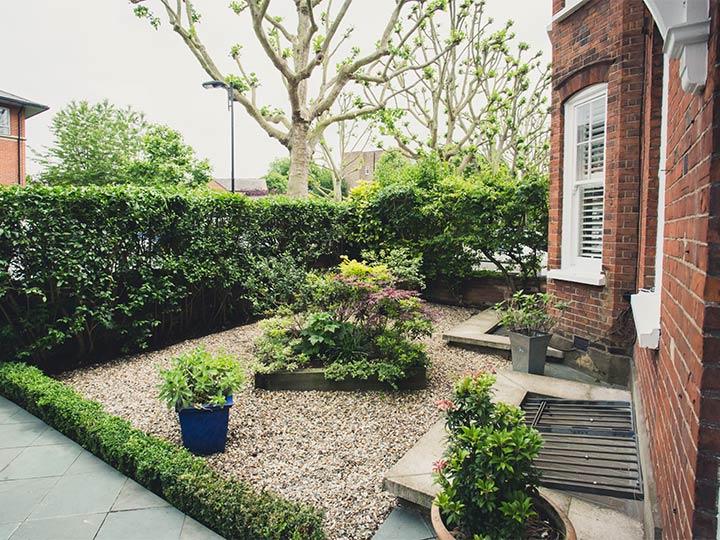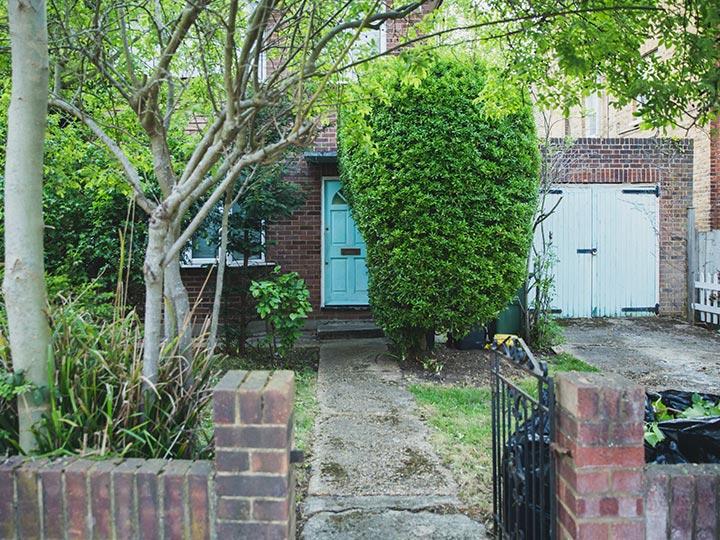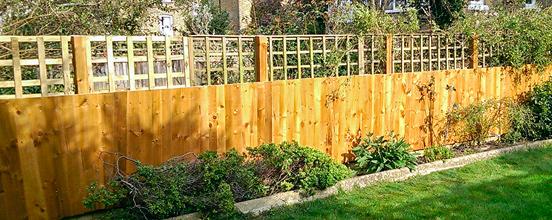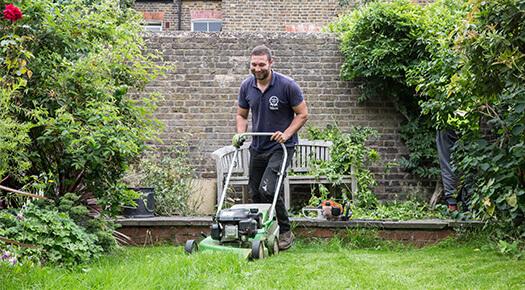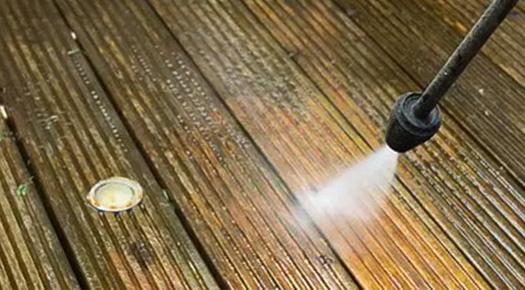Examples of early flowering evergreens are Rhododendron and Camellia. They are usually best left to their own devices and just resort to the occasional removal of dead shoots. You can also shape them to your liking. Early flowering shrubs generally do not need heavy pruning at all, and any cutting should be done simply to keep their form. Other evergreens that should be lightly pruned only after flowering are Azalea, Laurel, Pieris, Daphne, Choisya, Buxus, Berberis and the Ceanothus.
A harder prune can be tolerated by the Mahonia aquifolium, Viburnum and Hypericum calycinum, in order to stimulate a better flowering. Prune them in spring and shape them as needed throughout the year.


